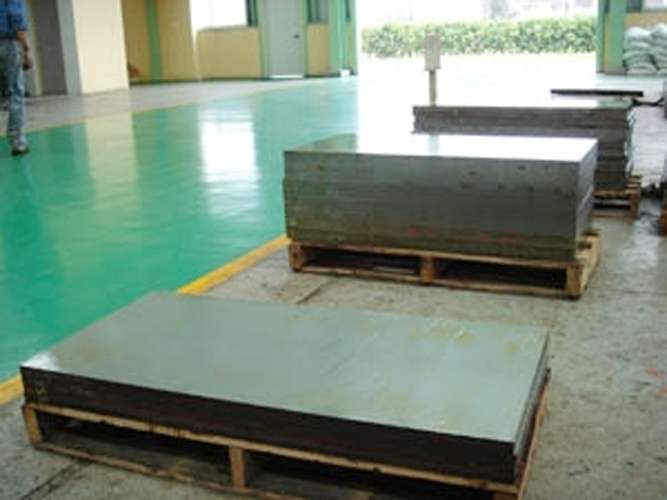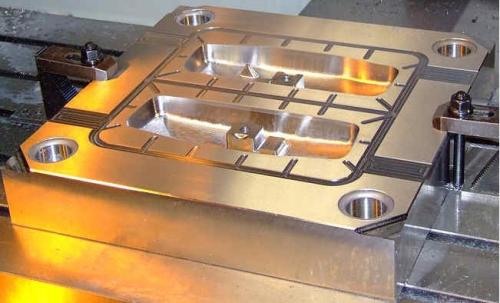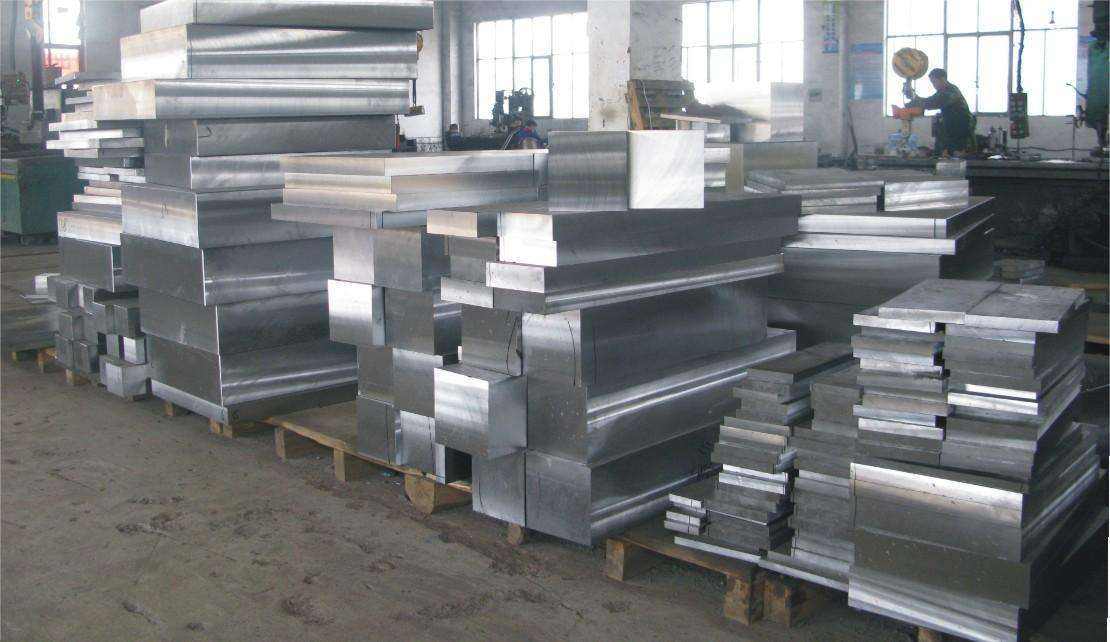
Privacy statement: Your privacy is very important to Us. Our company promises not to disclose your personal information to any external company with out your explicit permission.
The purpose of heat treatment for tool steel of plastic injection molds is to control the properties of a metal or alloy through the alteration of the structure of the metal or alloy by heating it to definite temperatures and cooling at various rates. This combination of heating and controlled cooling determines not only the nature and distribution of the micro constituents, which in turn determine the properties of steel of plastic molds, but also the grain size.

Heat treating should improve the alloy or metal for the service intended. Some of the various purposes of heat treating are as follows:
A, To remove strains after cold working
B, To remove internal stresses such as those produced by drawing, bending, or welding
C, To increase the hardness of the matrial
D, To improve machinability
E, To improve the cutting capability of plastic injection molds
F, To increase wear-resisting properties
G, To soften the material, as in annealing
H, To improve or change properties of a material, such as corrosion resistance, heat resistance, magnetic properties, or others as required.
Treatment of Ferrous Materials, Iron is the major constituent in the steels used in tooling, to which carbon is added in order that the steel may harden. Alloys are put into steel to enable it to develop properties not possessed by plain carbon steel, such as the ability to harden in oil or air, increased wear resistance, higher toughness, and greater safety in hardening.

Heat treatment of ferrous materials involves several important operations which are customarily referred to under various heading, such as normalizing, spheroidizing, stress relieving, annealing, hardening, tempering, and case hardening.
Normalizing involves heating the material to a temperature of about 100-200℉ ( 55-100℃) above the critical range and cooling in still air. This is about 100℉(55℃) over the regular hardening temperature.
The purpose of normalizing is usually to refine grain structures that have been coarsened in forging. With most of the medium-carbon forging steels, alloyed and unalloyed, normalizing is highly recommended after forging and before machining to produce more homogeneous structures, and in most cases, improved and machinability.

High-alloy air-hardened steels are never normalized, since to do so would cause them to harden and defeat the primary purpose.
Spheroidizing is a form of annealing which, in the process of heating and cooling steel, produces a rounded or globular form of carbide- the hard constituent in steel.
Plastic Injection mold steels are normally spheroidized to improve machinability. This is accomplished by heating to a temperature to 1380-1400℉(749-760℃) for carbon steels and higher for many alloy plastic mold steels, holding at heat one to four hours, and cooling slowly in the furnace.
Stress Relieving,This is a method of relieving the internal stress set up in steel during forming, cold working, and cooling after welding or machining. It is simplest heat treatment and is accomplished merely by heating to 1200-1350℉ (649-732℃ ) followed y air or furnace cooling.
Large plastic mold are usually roughed out, then stress-relieved and finish-machined. This will minimize change of shape not only during machining but during subsequent heat treating as well. Welded sections will also have locked-in stresses owing to a combination of differential heating and cooling cycles as well as to changes in cross section. Such stresses will cause considerable movement in machining operations.
Annealing, The process of annealing consists of heating the steel to and elevated temperature for a definite period of time and,usually,cooling it slowly. Annealing is done to produce homogenization and to establish normal equilibrium conditions, with corresponding characteristic properties.

Tool steel is generally purchased in the annealed condition. Sometimes it is necessary to rework a tool that has been hardened, and the tool must then be annealed. For this type of anneal, the steel is heated slightly above its critical range and then cooled very slowly.
Hardening, This is the process of heating to a temperature above the critical range, and cooling rapidly enough through the critical range to appreciably harden the steel.
Tempering. This is the process of heating quenched and hardened steels and alloys to some temperature below the lower critical temperature to reduce internal stresses set up in hardening.
Case Hardening. The addition of carbon to the surface of steel parts and the subsequent hardening operations are important phases in heart treating. The process may involve the use of molten sodium cyanide mixtures, pack carburizing with activated solid material such as charcoal or coke, gas or oil carburizing, and dry cyaniding.
November 21, 2024
November 18, 2024
Mail an Lieferanten
November 21, 2024
November 18, 2024

Privacy statement: Your privacy is very important to Us. Our company promises not to disclose your personal information to any external company with out your explicit permission.

Fill in more information so that we can get in touch with you faster
Privacy statement: Your privacy is very important to Us. Our company promises not to disclose your personal information to any external company with out your explicit permission.